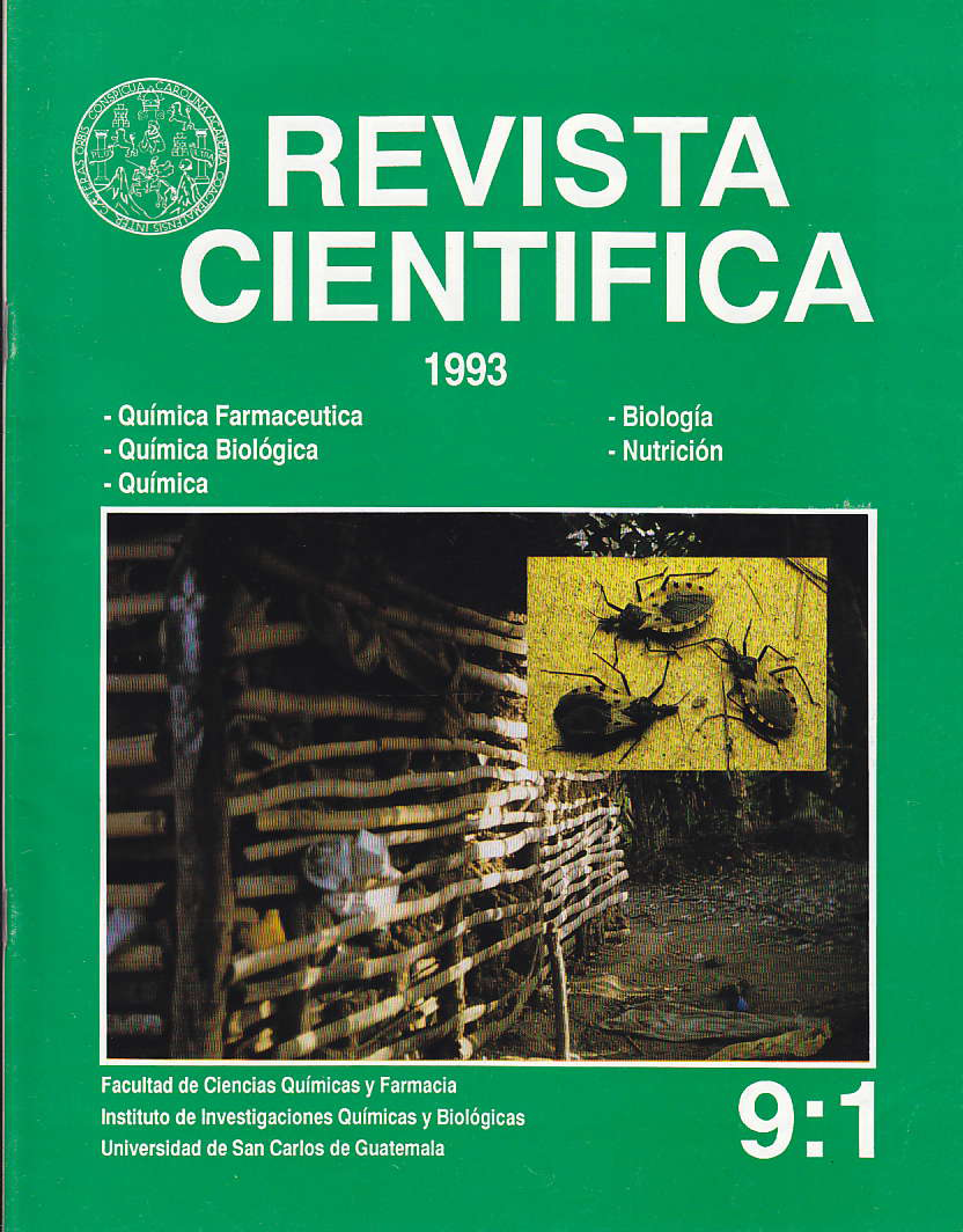Isolation and identification of the avian infectious bronchitis virus in Central America
DOI:
https://doi.org/10.54495/Rev.Cientifica.v9i1.394Keywords:
isolation, identification, avian infectious bronchitis virus, Central AmericaAbstract
The poultry industry moves large sums of money annually due to the importance of the consumption of eggs and chicken meat in the population. Due to the particular characteristics of mass production and maintenance of birds, the transmission of infectious agents is imminent and therefore this allows diseases of viral or bacterial origin to spread in flocks, representing one of the biggest problems in the poultry industry. Avian Infectious Bronchitis is an infection caused by a Coronavirus, and is manifested by respiratory conditions and a considerable drop in the posture of birds: for this reason it has great importance within poultry farming. Prophylaxis is the most appropriate method for the control of this disease, and therefore it is essential that vaccination plans are successful. Currently, Avian Infectious Bronchitis has gained a lot of attention, since during the last years there have been numerous outbreaks from which the virus has been isolated from birds that have been adequately vaccinated with commercial vaccines. The present study shows that the strains isolated from these birds are new serotypes, different from those previously described and different from those used to prevent the disease. Three viruses isolated from field animals from Guatemala, El Salvador and Costa Rica were analyzed in order to determine whether they corresponded antigenically to the Massachusetts and Arkansas vaccine strains used in these countries. And whether there was also an antigenic relationship between them. To do this, antiserums were produced in pathogen-free birds and antibodies against BIA with the five strains mentioned above; each of the viruses was compared to the five antiserums and also to a negative control serum. The Serum Neutralization method was used in chicken embryos, using the constant serum and diluted virus technique. With the results obtained from the serum neutralizations, the Neutralizing Indicator was obtained in each test, establishing whether there were neutralizations of the virus by the antiserum. From these results it is concluded that the virus isolated in Guatemala is antigenically different from the two vaccine strains used. The virus isolated in Guatemala is antigenically different from the two vaccine strains used. The virus from El Salvador, on the other hand, antigenically corresponds to the Arkansas strain. In the case of the virus from Costa Rica, partial neutralizations were obtained in one way, which indicates that it is related to the other viruses; but no conclusions can be drawn about the antigenic identity.
Downloads
References
Kenton PJ. Infections Bronchitis. Poult Sc, 1984;25(4):801-09.
Fritzsche K, Gerriets E. Enfermedades de la Aves. 2 ed. España: Acribia, 1964 461 p(179-190).
Vargas J. Enfermedades aviares del oeste de los E.E.U.U. Ind. Av. 1 989.28(4) :1 1-12.
Mohammad A. et al.Effecto of infectious bronchitis virus on laying chickens. Av Di 1986,30(4):644-647, https://doi.org/10.2307/1590561 DOI: https://doi.org/10.2307/1590561
Hughes WF. et al. svisn Inmunology. West Poultry 1978;28:(4):11-12
Tizard IR. et al. The inmune responses. West Poultry 1978;28:3-5
Cunningham CH. Avian infectious bronchitis: patology and inmunity. West poultry 1988;28:36-39.
Maiti NK,et al. Characterization of a new infectious bronchitis virus from intestine and reproductive organs of layings hens with dropped egg prouctions. Av.Dis 1985;29(2):546-551, https://doi.org/10.2307/1590512 DOI: https://doi.org/10.2307/1590512
CowenBS, etal. Characterization of a new infectious bronchitis virus isolate. I. Serological and pathogenicity studies of Clark 33 av Dis 1971;15(3):51 8-526, https://doi.org/10.2307/1588728 DOI: https://doi.org/10.2307/1588728
Johnson RB, Marquardt W. The neutralizing characteristics of strains of infectious bronchitis virus as measured by the constat-virus variable serum method in chicken tracheal cultures. Av. Dis 1975; 19(1): 82-90, https://doi.org/10.2307/1588958 DOI: https://doi.org/10.2307/1588958
Downloads
Published
How to Cite
Issue
Section
License
Copyright (c) 1993 Escalante Paz de Ramírez, Glenda Marina, Federico Richter M.

This work is licensed under a Creative Commons Attribution 4.0 International License.
Authors who publish with this journal agree to the following terms:
- Authors retain copyright and grant the journal right of first publication with the work simultaneously licensed under a Creative Commons Attribution License 4.0 that allows others to share the work with an acknowledgement of the work's authorship and initial publication in this journal.
- Authors are able to enter into separate, additional contractual arrangements for the non-exclusive distribution of the journal's published version of the work (e.g., post it to an institutional repository or publish it in a book), with an acknowledgement of its initial publication in this journal.
- Authors are permitted and encouraged to post their work online (e.g., in institutional repositories or on their website) prior to and during the submission process, as it can lead to productive exchanges, as well as earlier and greater citation of published work.









